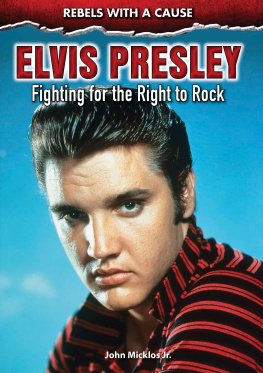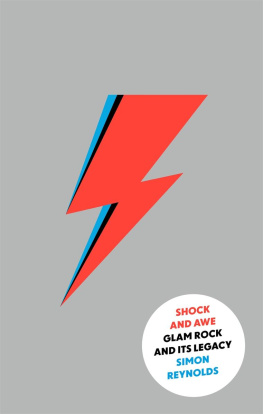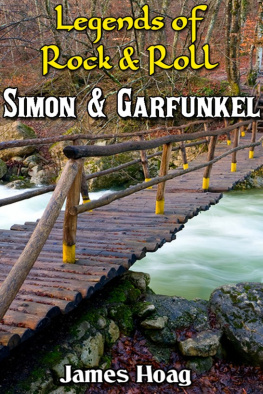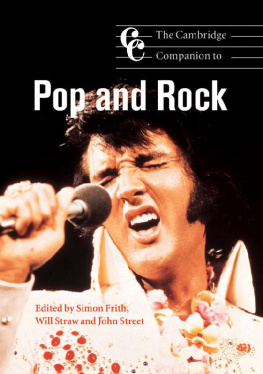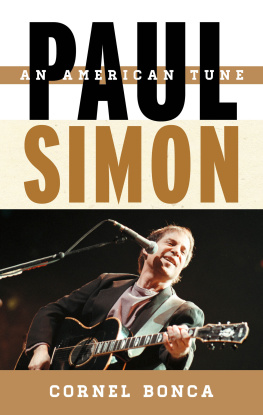Contents
Guide

The author and publisher have provided this e-book to you for your personal use only. You may not make this e-book publicly available in any way. Copyright infringement is against the law. If you believe the copy of this e-book you are reading infringes on the authors copyright, please notify the publisher at: us.macmillanusa.com/piracy.
For my mother and father
And for my grandparents Ralph and Freda, Simon and Betty
I go at things as I have taught myself, free-style, and will make the record in my own way.
S AUL B ELLOW The Adventures of Augie March
On February 16, 1967, Paul Simon sat at a conference table in his lawyers offices and tried to explain who he was, who he used to be, and who he had become. This would take some doing.
For while he was clearly Paul Frederic Simon, born in Newark, New Jersey, on October 13, 1941, the elder of the two sons whom Louis and Belle Simon raised in the Kew Gardens Hills section of Queens, New York, he had answered to several other names in his twenty-five years. All in the pursuit of a professional music career that took off a few weeks into his senior year of high school, when the short, dark-eyed Simon, along with his tall, blue-eyed best friend, Arthur Artie Garfunkel, recorded Hey, Schoolgirl, a sprightly pop tune of their own composition. The owner of a small New York record company heard cash register bells in the boys chiming harmonies, and within days he had their signatures on a recording contract.
The boys waxed another song for the singles B-side and then set to inventing a catchy stage name for their act. Anything to differentiate themselves from the hundreds, even thousands, of artists lobbing songs at the Billboard charts that week. There were other reasons, particularly their obviously ethnic names, so when record company owner Sid Prosen came up with Tom and Jerry, which played off the popular cartoon characters of the day, Artie and Paul added surnames (Graph and Landis, respectively) and crossed their fingers. Mirabile dictu , and by Thanksgiving Hey, Schoolgirl was hopscotching up the sales charts. By the end of Christmas vacation Paul and Arties shiny-cheeked alter egos were famous. TEEN SONGWRITERS HIT , shouted the New York World-Telegram and Sun , WHIZ KIDS ROCK N ROLL ! cried the Long Island Star-Journal .
The glory didnt last. Tom and Jerry recorded and released eight or so other songs in the next few months, but none of them followed the astral trajectory of Schoolgirl. With college on the horizon and a bitter disagreement already in progress, the duo retired from the Tom and Jerry business and stepped back onto the middle-class overachievers path to college, graduate school, and the 7:04 from Scarsdale to Grand Central. That didnt last, either, and when the pair re-reformed as folksingers in 1963, it took just over two years for them to become extremely, wildly, imprinted-upon-a-generation famous as Simon and Garfunkel. One year and a chain of folk-rock hits later, the pop tunes by 1950s teen idols Tom and Jerry reappeared in a package decorated with the grown-up Simon and Garfunkels poet-rocker frownsand this was a big problem.
Tom and Jerry had been light-footed teen idols whose central, nay, sole concerns involved girls, school, the joys of the former, the hassles of the latter, and the travails of both. They were the boys every mother wanted her daughter to bring home. But a decade later Simon and Garfunkel were stylish folksingers whose melancholic songs surveyed the internal geographies of postadolescent malaise, social disconnection, and the euphoria that grabs you when the sun shines and youre rapping with lampposts and feeling groovy. So how could Prosen have compiled those ridiculous high school songs, slapped a recent photo on the cover, and called it Simon and Garfunkels latest album? Outraged by the potential damage the bogus album could cause their reputations and fortunes, Paul and Artie had summoned their attorneys and gone on the attack.
The argument boiled down to this: While the original contract the adolescent Paul and Artie and their parents had signed with Prosen in 1957 did grant the executive the right to use their master recordings in any fashion he chose, nothing in the deal gave him the right to advertise the work as the product of Paul Simon and Arthur Garfunkel. Back when they signed, Paul and Artie were unknown high schoolers who were thrilled to get any attention whatsoever. If Tom and Jerry was a more marketable handle than Artie and Paul, then so be it; pop stars always changed their names. Yet when their debut record made a splash, virtually every feature written about the teen duo, in newspapers ranging from the Forest Hills High School Beacon to the New York World-Telegram and Sun to the Long Island Star-Journal , revealed some combination of the boys real names, the names of their parents, and the exact name and location of their high school. And they were thrilled. They wanted everyone to know who they were and that they were now pop stars. It was the greatest thing that had ever happened to them!
Or so it seemed until late 1965, when the older and more sophisticated pair hit the top of Billboard s Hot 100 with The Sound of Silence. In the era of Dylan and dissent, when musicians who mattered were expected to be not just artists but also activists, generational spokesmen, and something like sages, a song like Hey, Schoolgirl could be a career ender. In their complaint to the New York State Supreme Court, their statements are a pastiche of rage, legalese, and Blanche DuBois. The belated appearance of the Tom and Jerry album was a moral, ethical, and economic travesty: Unfair competition. Unlawful trade. A violation of privacy. An unlawful appropriation of the plaintiffs duly established trade name, Simon and Garfunkel. As Prosen had learned in 1958 and as future defendants and/or aspiring plaintiffs would later discover, Paul Simon wouldnt stand for anything that struck him as a violation of his personal, professional, or economic property. He drew lines and constructed barricades around himself, particularly when it came to defining who he was. So Paul wanted everyone to get this straight. Even if Paul and Artie had been Tom and Jerry, Tom and Jerry had never really been Paul and Artie. And there were others, tooTrue Taylor, Paul Kane. The existence and the limitations of Pauls alter egos would be courtroom fodder for many years.
This time, the court would rule quickly in Simon and Garfunkels favor. Most every copy of Prosens wayward LP would spend eternity at the bottom of a landfill in New Jersey or Ohio. Still, if the courtroom victory ensured Simon and Garfunkel a clear path to their future, it did little to ease the ache in Pauls muscled chestthe vivid glare of his failings, the dismay of matching eyes with the stumpy, prematurely balding creature in the mirror.
And yet millions of people adored Paul. At twenty-five, he was already phenomenally successful: a hit songwriter and performer whose popularitySimon and Garfunkels most recent album had sold three million copies, peaking at No. 4 on the Billboard chartswas rivaled only by the critical acclaim that greeted his work. Critics evaluated his songs in terms of poetry and musical innovation. Editorialists interpreted his thoughts as social commentary, statements from the heart of the surging, seething New Generation. Four years out of Queens College, three years after dropping out of Brooklyn Law School, Paul Simon had made himself into one of the most influential voices in Western popular culture. Yet his father, a former professional musician who had remade himself into an educator, couldnt stop telling his famous son that he was wasting his life.


